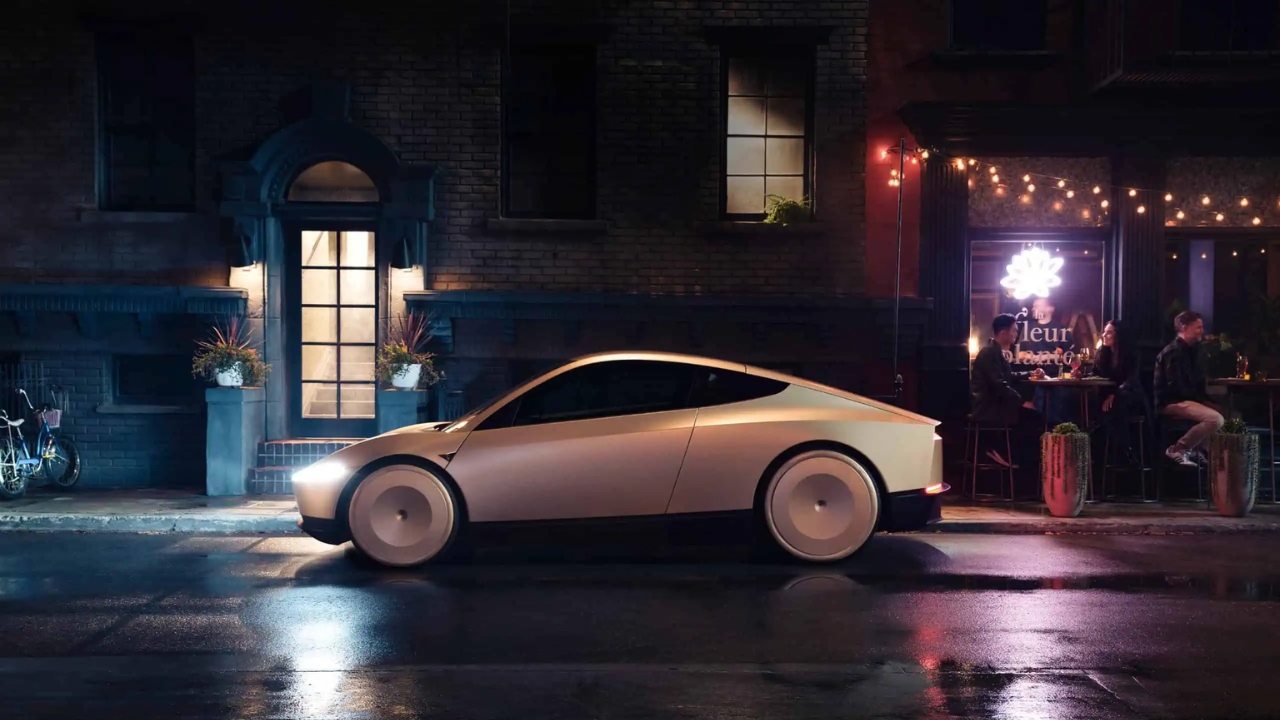The Elon Musk’s Robotaxi National Highway Traffic Safety Administration contacted Tesla immediately after videos posted on social media showed the company’s robotaxis driving chaotically on public roads in Austin. The federal safety agency’s intervention came just one day after Tesla’s limited robotaxi launch, highlighting the regulatory challenges ahead.
Tesla has requested that NHTSA keep all its safety responses confidential, citing “confidential business information” that could cause material harm if disclosed. This lack of transparency raises additional concerns about accountability in autonomous vehicle operations.
Insurance and Liability Complexities
The liability landscape for robotaxis presents unprecedented challenges. Tesla will likely need to offer insurance to drivers while their vehicles operate on Full Self-Driving Unsupervised, either through Tesla Insurance or future undisclosed means. Traditional insurance models struggle to adapt to scenarios where liability shifts from human drivers to automated systems.
If accidents occur due to Tesla’s system misjudging traffic situations or violating traffic laws, insurance claims will heavily depend on system logs, dashcam footage, and expert analysis of vehicle behavior. This creates a complex web of responsibility between manufacturers, software developers, and vehicle owners.
Technical Limitations Expose Risks
Tesla’s decision over a decade ago to rely solely on cameras instead of lidar sensors is now haunting the robotaxi rollout. Competitors like Waymo use comprehensive sensor arrays including lidar, radar, and cameras, providing more robust environmental detection capabilities.
Videos from Tesla’s Austin launch show robotaxis breaking hard around police cars, driving in wrong lanes, and exhibiting other concerning behaviors, suggesting the technology may not be ready for widespread deployment without human oversight.
Financial Viability Questions
Internal Tesla analysis reportedly showed significant concerns about robotaxi profitability. According to credible reports, Elon Musk shut down internal analysis from Tesla executives that showed the company’s robotaxi plans would lose money and recommended focusing on more affordable vehicle models instead.
The economic challenges include competing with human-driven services that operate with lower overhead costs and established market presence.
Tesla Robotaxi Safety Incidents Data
| Incident Type | Frequency | Regulatory Response | Potential Liability |
|---|---|---|---|
| Wrong-way driving | Multiple reports | NHTSA investigation | High |
| Phantom braking | Frequent | Ongoing monitoring | Medium |
| Traffic law violations | Several documented | Federal oversight | High |
| Emergency vehicle interaction | Improved but concerning | Under review | Medium |
Regulatory Framework Challenges
NHTSA has established new occupant protection safety standards for vehicles without traditional driving controls, but the regulatory framework continues evolving. The proposed AV STEP program aims to create enhanced oversight for automated driving systems, requiring extensive data sharing and safety demonstrations.
State and federal jurisdictions must coordinate to establish consistent liability frameworks, insurance requirements, and operational standards for commercial robotaxi services.
Future Implications
The Tesla robotaxi experiment could set precedents for the entire autonomous vehicle industry. Success requires resolving liability questions, establishing comprehensive insurance frameworks, and demonstrating consistent safety performance under regulatory oversight.
References:
Frequently Asked Questions
Q: Who is liable if a Tesla robotaxi causes an accident?
A: Liability depends on the cause – it could be Tesla (software defects), the safety monitor (failure to intervene), or multiple parties depending on circumstances and system logs.
Q: Will Tesla robotaxi owners need special insurance?
A: Yes, Tesla will likely need to provide insurance coverage through Tesla Insurance or partnerships, as traditional policies don’t cover autonomous commercial operations.
Q: Are Tesla robotaxis currently safe for public use?
A: The service operates with safety monitors and is limited to favorable conditions in Austin, but documented traffic violations raise ongoing safety concerns.
Also Read:-Top Electric Family Cars Ranked by Comfort, Range and Value
